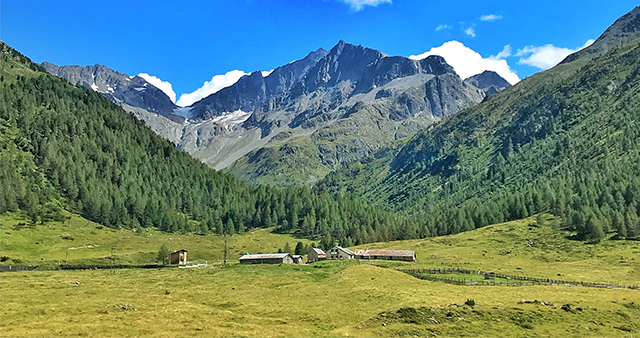LONDON 1948
THE AMAZING EVOLUTION OF THE OLYMPIC TORCHES DESIGN
The designer Ralph Lavers, appointed by the Olympic Committee to draw this torch, was inspired by the forms of the ancient greek and roman lamps. This torch is one of the very few made for this Olympics , and a similar form was later used for Cortina 1956, Melbourne 1956 and Squaw Valley 1960. Three types of torches were used during the relay: a standard one, one fueled with gas to cross the sea and one for the last torchbearer. Magnesium has been used as a means of combustion. The journey of the flame carried a message of peace. The first torchbearer, the corporal Dimitrelis, took off his uniform just before starting his route, thus honouring the sacred truce observed in Ancient Greece. The London Games were the first to be shown on home television, although very few people in Great Britain actually had their own. Starting blocks for athletes in sprint races were introduced for the first time, and the Empire Pool was the first covered Olympic pool to be used at the Games. Many countries, including Burma, Ceylon, Lebanon, Puerto Rico, Syria and Venezuela, were represented for the first time. On the other hand, there were no athletes from Japan, Germany or the USSR.





